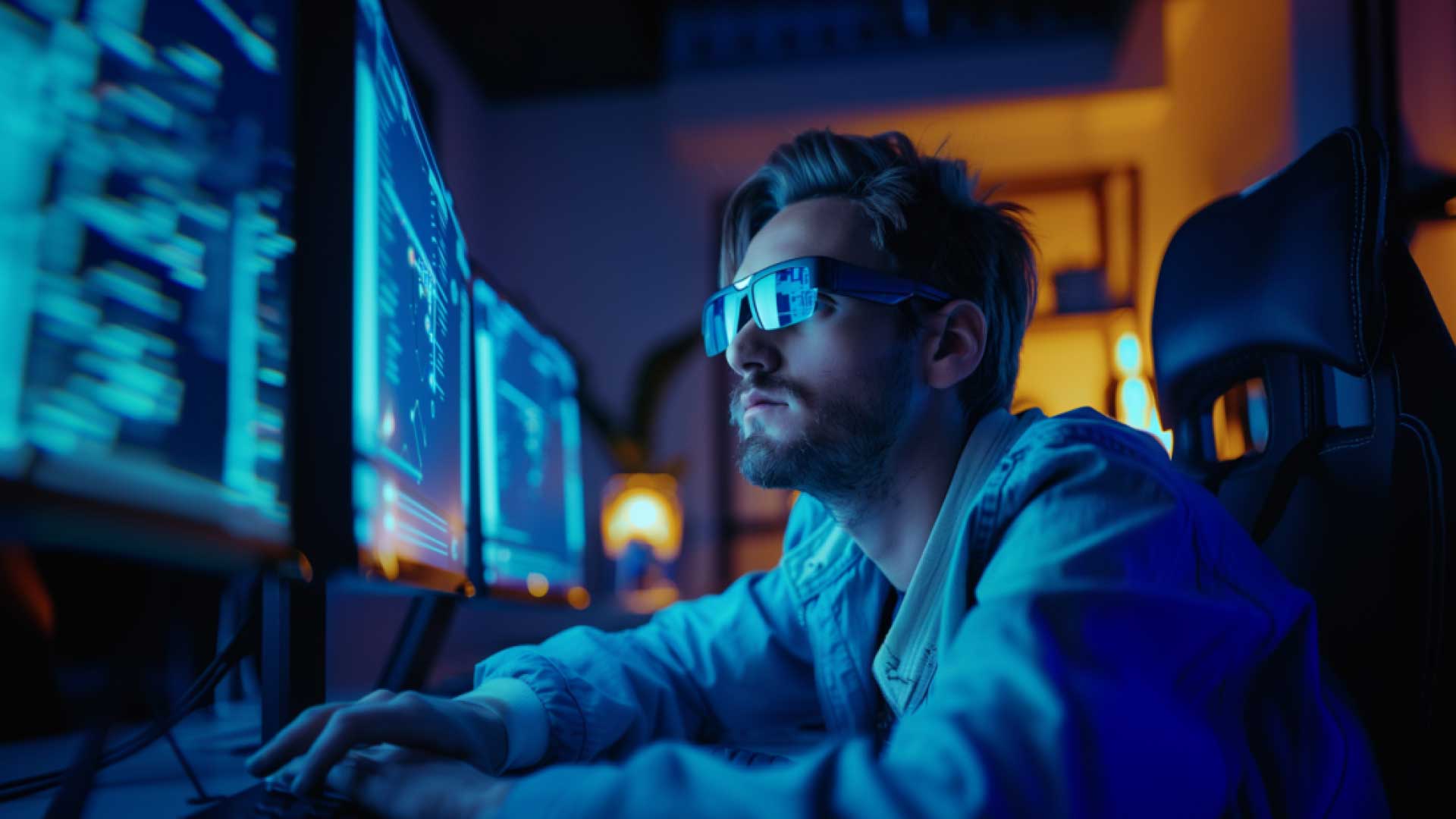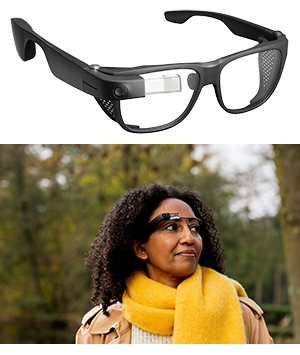Speech-to-Text Devices for Low Vision Users: Enhancing Communication and Productivity
Speech-to-Text Devices for Low Vision Users: Enhancing Communication and Productivity
Blog Article
Enhancing Access With Assistive Innovation for the Blind
The integration of assistive modern technology for the blind represents an essential improvement in ease of access, basically modifying how individuals navigate their settings and involve with society. As we check out the diverse types of assistive gadgets and their substantial effects on day-to-day living, it comes to be vital to check out just how recurring technical advancements are reshaping the landscape of support for the blind community.
Summary of Assistive Innovation
Assistive technology refers to a range of devices and software program developed to boost the capabilities of individuals with impairments, including those who are aesthetically damaged or blind. This modern technology plays an important duty in promoting independence and improving the lifestyle for individuals. By giving different techniques for accessing details and performing day-to-day jobs, assistive modern technology encourages people to browse their environments better.
The growth and execution of assistive modern technology accept a selection of principles focused on cultivating availability. These concepts include user-centered style, which prioritizes the demands and choices of the person, and the integration of technology into day-to-day tasks. Such improvements guarantee that assistive devices are not only practical however also user-friendly and simple to utilize.
Additionally, assistive modern technology encompasses a diverse range of options, from low-tech alternatives like magnifiers to high-tech advancements such as display readers and Braille displays. The ongoing development of this field is driven by the requirement to attend to the unique difficulties encountered by individuals with visual problems (Wearable technology for low vision). As innovation remains to advancement, the possibility for improving ease of access and advertising inclusivity continues to be promising, inevitably adding to a much more equitable culture

Sorts Of Assistive Tools
Numerous sorts of assistive tools are readily available to support people that are blind or aesthetically damaged, each created to attend to details needs and challenges. These devices can be generally categorized right into 3 main kinds: low-tech, mid-tech, and high-tech services.
Low-tech tools include items such as magnifiers, Braille labels, and tactile maps. These are relatively basic devices that improve the individual's ability to connect with their environment without requiring intricate innovation.
Mid-tech devices often involve a lot more innovative features, such as electronic magnifiers and mobile Braille note-takers. These gadgets can offer capabilities like speech result, permitting customers to accessibility information much more efficiently.

Effect On Daily Living
The availability of various assistive devices dramatically boosts the high quality of life for individuals that are visually damaged or blind, influencing their everyday living in extensive methods. By incorporating innovations such as display viewers, Braille displays, and audio description services right into their routines, customers acquire higher freedom and independence. These tools assist in accessibility to info, making it possible for people to perform daily tasks, such as checking out e-mails, browsing public areas, and delighting in media web content.
In addition, assistive devices empower individuals to engage even more fully in social communications and community tasks. The capability to use mobile phones outfitted with access functions permits smooth communication and link with others. This connection cultivates a feeling of belonging and reduces sensations of isolation.
In professional setups, assistive technology sustains performance by enabling individuals to full work jobs effectively. Devices like voice recognition software and specialized zoom tools enable individuals to take part in the workforce on equal ground with their sighted peers.

Advancements in Technology
Current technical innovations have dramatically changed the landscape of devices available for people that are aesthetically impaired or blind. The integration of expert system (AI) and artificial intelligence has provided surge to applications that boost navigating and things recognition. Smart device apps can currently utilize AI to determine and describe environments in real-time, offering individuals with Speech-to-text devices for low vision beneficial contextual details.
Furthermore, developments in haptic modern technology have caused the development of clever walking canes geared up with sensors that find challenges and provide tactile responses. This equips individuals to navigate their setting with enhanced confidence and self-reliance. Additionally, innovations in text-to-speech software and braille screens have improved the ease of access of electronic content, enabling smooth interaction with various media.
Wearable innovations, such as clever glasses, are likewise making strides in assisting visual problems. As modern technology proceeds to develop, the capacity for also more transformative tools stays on the horizon.
Future Trends and Innovations
As technology swiftly proceeds, the future of assistive devices for people who are blind holds tremendous guarantee. Developments in synthetic knowledge (AI) and machine learning are positioned to transform the way blind customers interact with their settings. AI-driven applications are being established to enhance object recognition, allowing customers to recognize and browse their environments with greater simplicity and accuracy.
Additionally, improvements in haptic comments innovation are enabling the creation of tactile maps and navigation aids that offer real-time details via touch. These technologies not just improve flexibility however additionally foster freedom. In addition, wearable gadgets geared up with augmented reality (AR) attributes are emerging, supplying customers visual information through sound descriptions, consequently bridging the void between the physical and electronic worlds.
Furthermore, the combination of wise home technology offers brand-new possibilities for access, allowing individuals to regulate their living atmospheres through voice commands or smart device applications. As partnership in between technology designers and the blind community proceeds, the concentrate on user-centered layout will ensure that future advancements are tailored to fulfill the special needs of this populace (Wearable technology for low vision). The trajectory of assistive technology assures a more comprehensive and empowering future for people who are blind
Final Thought
In conclusion, assistive innovation plays a critical role in enhancing availability for people with aesthetic problems. Continual advancements in innovation and user-centered style make sure that these devices provide successfully to the one-of-a-kind demands of the blind area.
The integration of assistive technology for the blind stands for a pivotal advancement in accessibility, fundamentally altering exactly how people navigate their environments and engage with culture.Assistive modern technology refers to an array of tools and software developed to improve the abilities of people with specials needs, including those who are aesthetically impaired or blind. Wearable technology for low vision.As technology rapidly proceeds, the future of assistive devices for people who are blind holds immense promise. The trajectory of assistive modern technology guarantees a much more empowering and comprehensive future for people who are blind
In conclusion, assistive modern technology plays a crucial duty in improving accessibility for people with visual problems.
Report this page